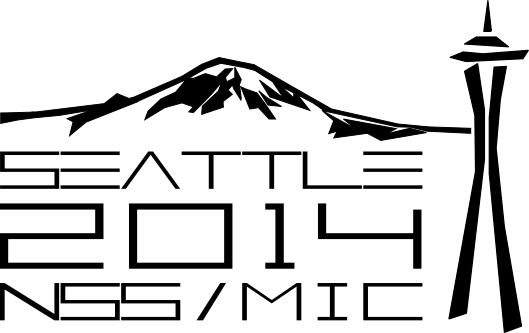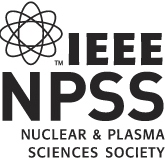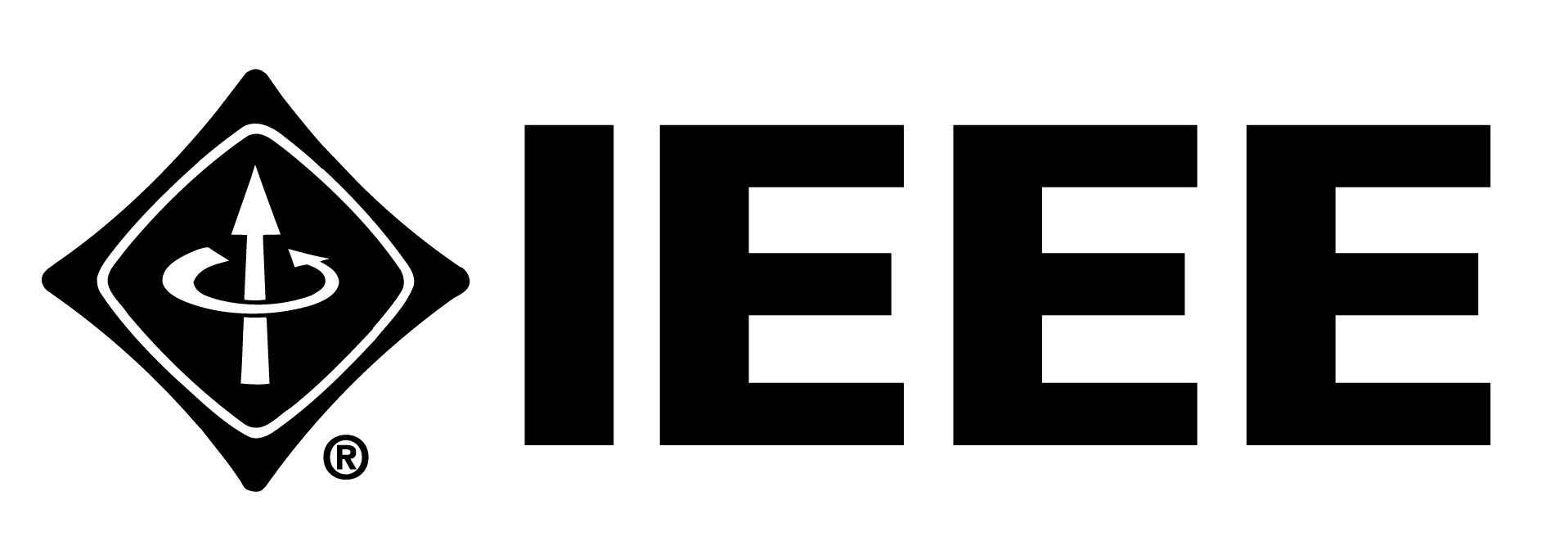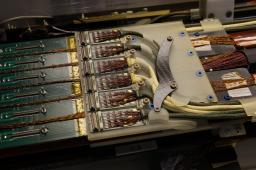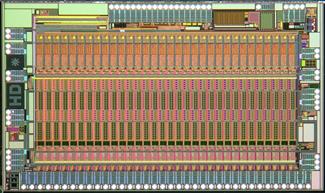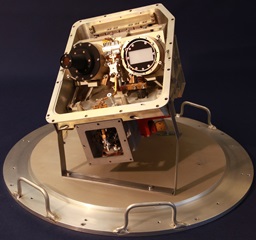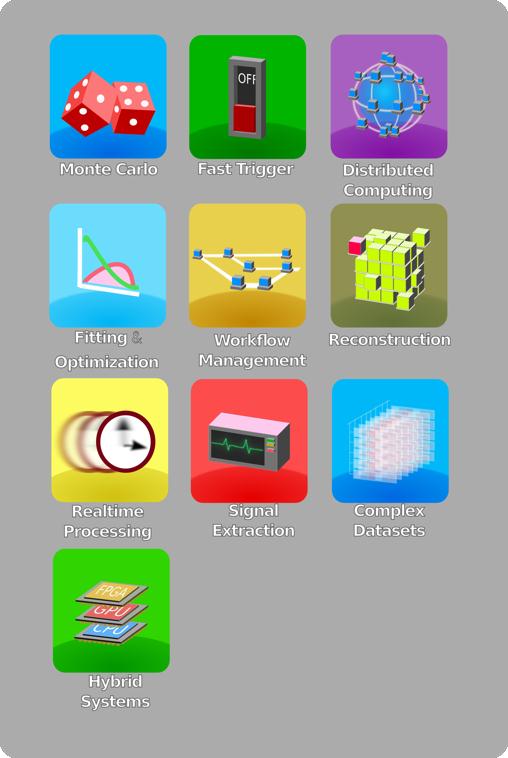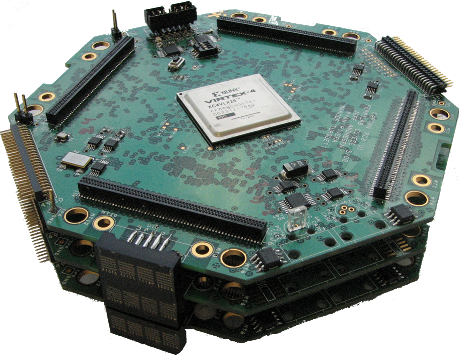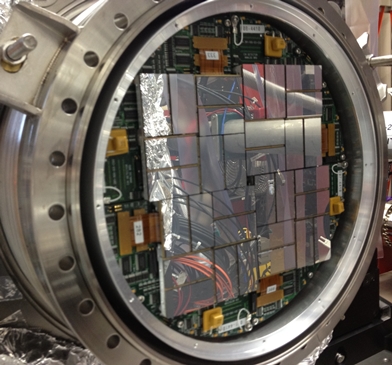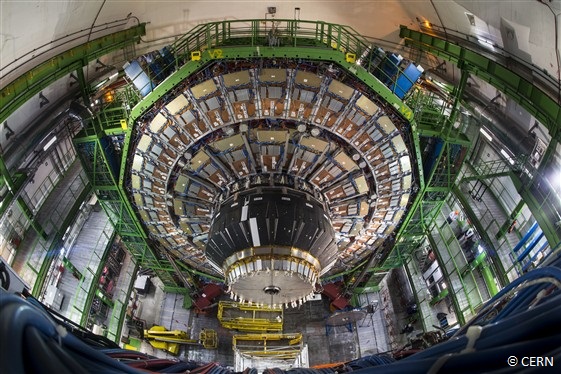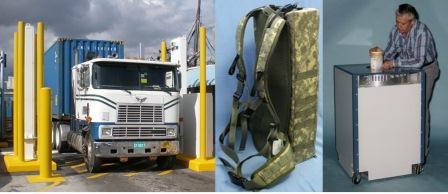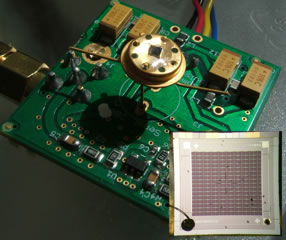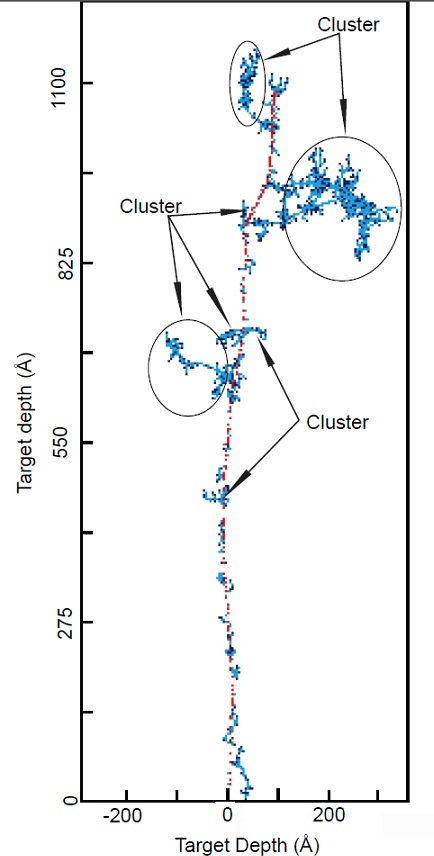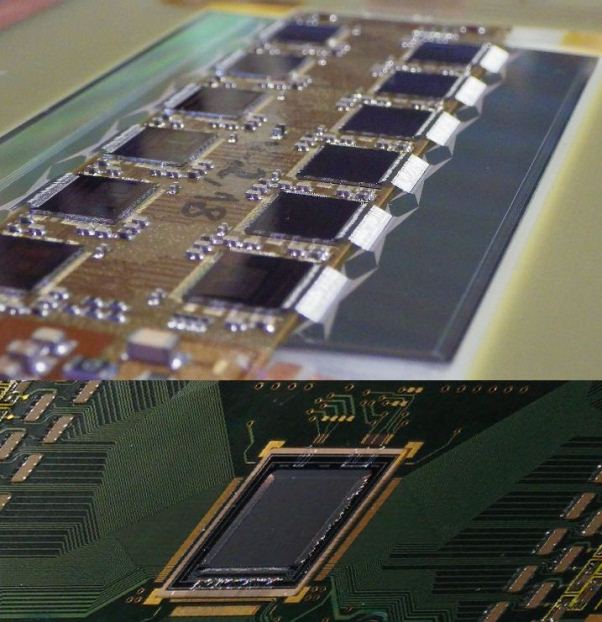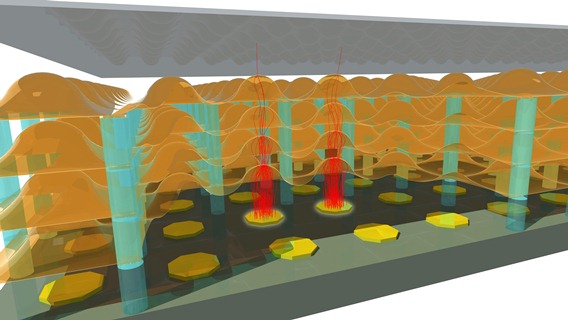NSS
For more than 60 years, the IEEE Nuclear Science Symposium (NSS) has been the premier venue for presentation of the latest developments in radiation detection technology, for fundamental nuclear and particle physics, and for such diverse applications as nuclear nonproliferation, medicine, and environmental remediation. The 2014 Symposium offers a comprehensive review of important work in radiation detection technology that is relevant to all these fields. The conference program will dovetail with that of the Medical Imaging Conference, which is held the same week. Topics relevant to both conferences will be covered in special joint sessions. Papers describing original, previously unpublished work are organized into the NSS topics areas listed below. In 2014 we have chosen to conduct fewer parallel sessions to reduce overlap and to make the conference program somewhat easier to navigate.
The symposium program this year consists of 256 oral and 450 poster papers, which are presented in two Plenary Sessions, 36 NSS parallel oral sessions, and two poster sessions. We chose this program from the over 800 submitted abstracts from colleagues working on numerous NSS topics allowing an excellent scientific program.
One of the highlights of the symposium will be the three NSS Plenary Sessions on Monday, November 10, 2014 (08:30-12:00) and where leading experts in our fields will shed light on the outstanding current and planned research frontiers:
- Prof. Olga Botner on "The Mystery of Mass and the Higgs Boson"
- Dr. Christoph Richter on "Concentrating Solar Power (CSP) - Solar power on demand"
- Prof. Richard Gaitskell on "News from the Hunt for Dark Matter"
This Opening Plenary Session will be followed by the NSS Luncheon (12:00 - 14:00), during which Dr. Mark Lewney presents the physics of rock guitar using riffs from AC/DC, Slayer and Jimi Hendrix through amplifiers "Turned up to 11."
In addition, contributions bridging the fields of nuclear science, medical imaging and solid-state radiation detectors will be presented in one dedicated day for NSS/MIC/RTSD joint sessions on Wednesday.
To emphasize the importance of the Poster Contributions, all NSS posters will be visible from Monday morning to the end of the Conference, with no scheduled NSS parallel sessions during the 2-hour dedicated poster sessions.
Based on the positive feedback from the previous year we will have again refresher courses, organized during the lunch breaks.
We thank everyone who submitted presentations for consideration. We thank the almost 400 reviewers who contributed their valuable time to read and assess the submitted papers, and the 34 NSS Topic Conveners for their tireless efforts of organizing the symposium program topics, and completing the program within the scheduled time, despite the very large number of submitted abstracts. Lastly, we thank the presenters themselves, recognizing that the quality of the oral and poster presentations is central to the success of the Nuclear Science Symposium.
Please don't hesitate to contact us with your feedback, suggestions, and questions, by sending an email to nss2014-org@desy.de.
We sincerely hope you will enjoy the exciting 2014 IEEE NSS/MIC/RTSD and are looking forward to meeting you in Seattle, Washington in November this year.
Ingrid-Maria Gregor
NSS Program Chair
DESY - Germany
Adam Bernstein
NSS Deputy Program Chair
LLNL - USA
